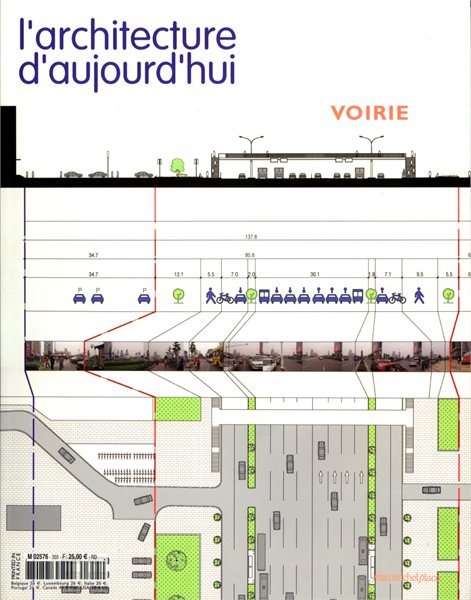老张组织大家参加的在法国波尔多举办的什么关于城市的展览,中心的同学和非常的同事们一起搞了关于北京城市尺度的研究。
Beijing Morphing
Side 3: Rescaling
Beijing was immense historically in terms of the area it expanded yet its inhabitants could walk extensively in their communities and it was a city for pedestrians. Beijing used to be known for its well-shaded streets – Jie – and intimate, winding alleyways – the Hutong – as much as for its majestic palaces and temples and was a city of rich, mixed scales. That Beijing is about to disappear completely now. In its place, a metropolis with enormously wide Lu or roads has already emerged. A road is very different from a street: A street is defined by commerce, shops and restaurants, and encourages urban wanderers whereas a road is meant for transportation, that is that cars are given the priority rather than people. In other words, the present-day Beijing is in the danger of becoming a city without streets and of automobiles thus a suburban city although inevitably, as a car-oriented city, Beijing has today perhaps one of the worst traffic problems in the world. However, it seems that the livability of China capital is being greatly compromised not only for motor vehicles but also for a grandiose image. Is it possible to get the scales of the old Beijing back and how? This urban research project is an attempt to take on such questions.
The scales of the streets and roads in the historic and contemporary districts of Beijing are analyzed and compared. The current planning regulations regarding road width and building set back are major factors for the scale shift and the disappearance of street in the city. 13 case studies in Haidian District, a typical area of recent development, offer a full spectrum of new road scales in the City and propose ways to potentially scale back in certain locations.
Research team at Atelier Feichang Jianzhu / Peking University Graduate Center of Architecture:






所有评论